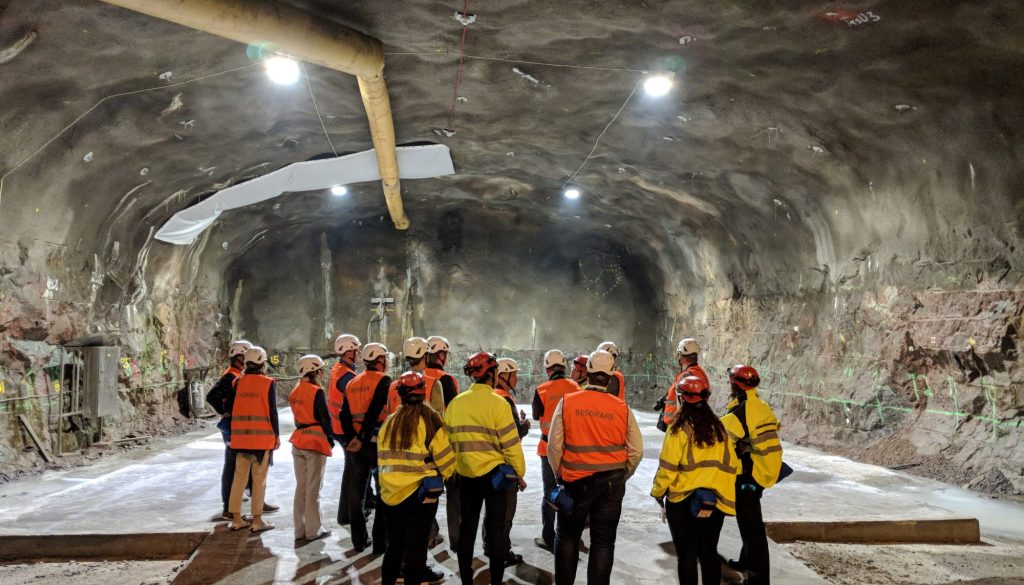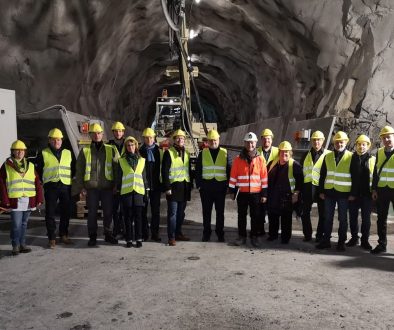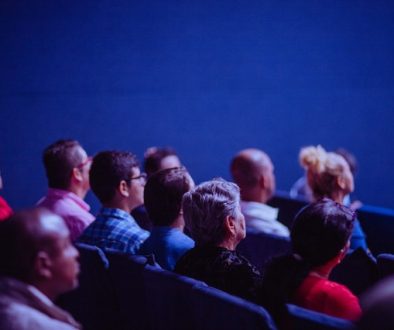Testing the best practices in underground laboratories – 100 publications made in two international projects
Underground Laboratories in the Baltic Sea region are not utilized to their full potential even though world-leading research organizations and industrial companies are nearby. In order to use the available underground space better, there has been successful international projects that have developed service concepts for the underground laboratories and an open-access platform that characterizes them. The Baltic Sea Underground Innovation Network (BSUIN) project started the work and new Interreg Baltic Sea Region co-funded project Empowering Underground Laboratories network usage (EUL) continued.
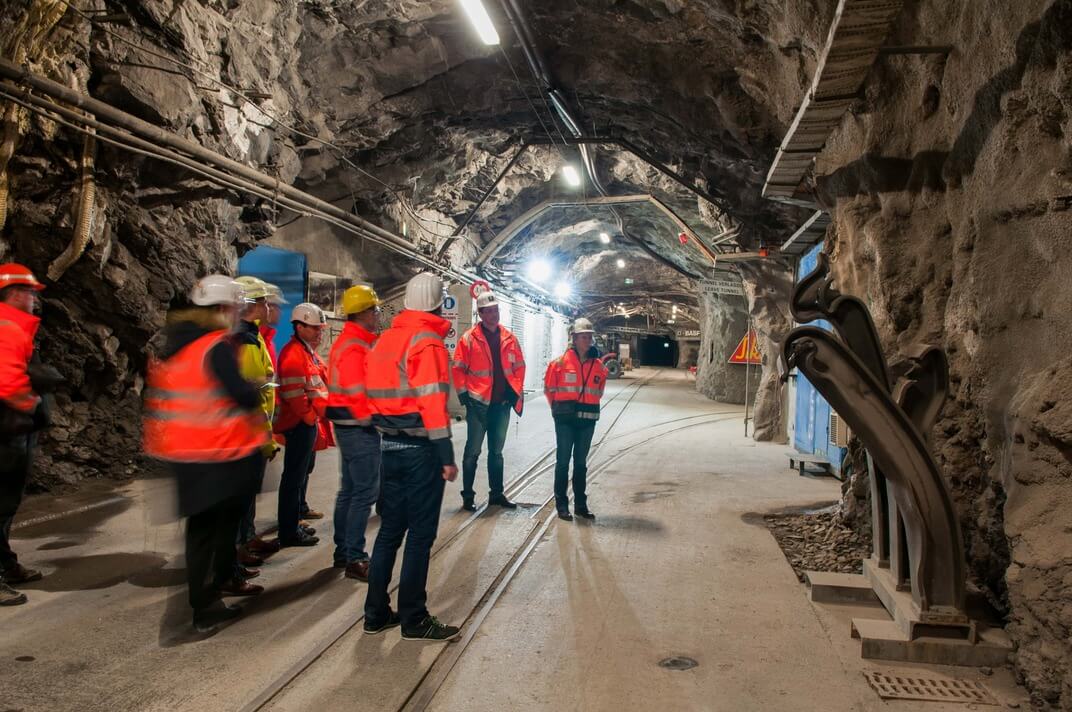 Interreg Baltic Sea Region Funding Programme 2014-2020 offered a great opportunity for the regular projects to extend one more year the collaboration to enhance the impact of the results. The permanent outcomes of the BSUIN project were the web-based tool, which is an open access platform for all the information of the underground laboratories (UL) and a place for them to market their services and facilities, and the European Underground Laboratories association (EUL), that was founded to continue the collaboration.
Interreg Baltic Sea Region Funding Programme 2014-2020 offered a great opportunity for the regular projects to extend one more year the collaboration to enhance the impact of the results. The permanent outcomes of the BSUIN project were the web-based tool, which is an open access platform for all the information of the underground laboratories (UL) and a place for them to market their services and facilities, and the European Underground Laboratories association (EUL), that was founded to continue the collaboration.
One of the underground laboratories taking part in the BSUIN and EUL projects was the Callio Lab, a facility for underground research and other activities, being a part of the Callio Pyhäjärvi concept, which is a unique multidisciplinary operating environment. The laboratory is located in the Pyhäsalmi Mine, the oldest operating mine in Finland and the deepest active hard rock mine in Europe, going as deep as 1444 metres. The infrastructure is especially suited to physics experiments due to the massive rock overburden. It also serves other fields of science and gives opportunities for a variety of training, R&D and commercial purposes.
For the success of the project, a close collaboration with Callio Lab and other underground laboratories was a key element. There were KGHM Cuprum Research and Development Centre and GIG Experimental Mine ‘Barbara’ from Poland, Äspö Hard Rock Laboratory from Sweden, Reiche Zeche from Germany, Ruskeala Underground Laboratory and Underground Low Background Laboratory of Khlopin Radium Institute from Russia and Hagerbach Test Gallery from Switzerland. Some of the ULs were project partners and some of them associated organizations.
Developing tools that reach customers
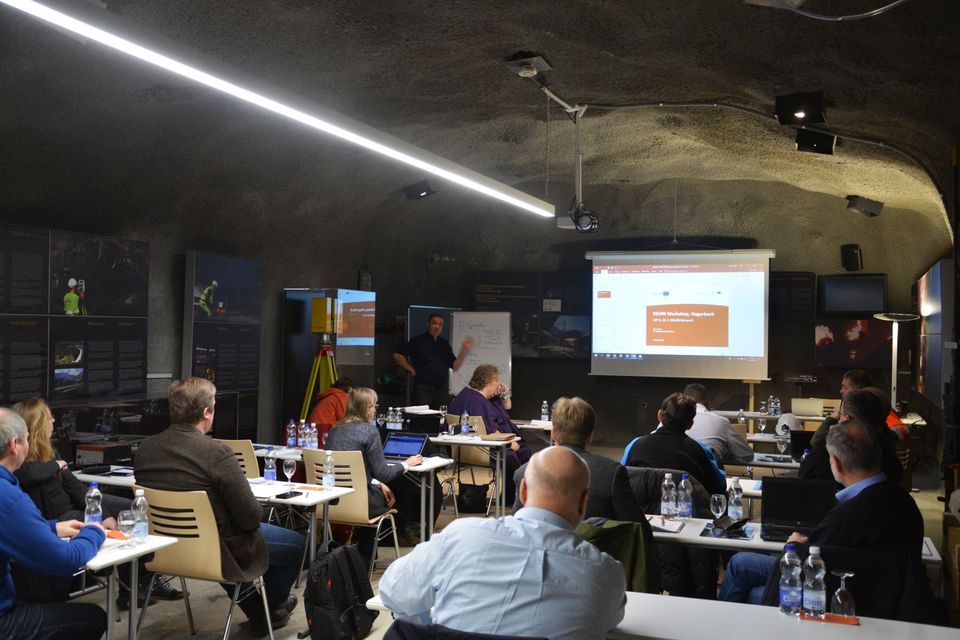 The activities of the extension project (EUL) were planned to test, validate and enhance previously created practices, tools and approaches, and to reach new customers and identify best marketing strategies. Many improvements of the web-based tool were conducted, process for new customers and new projects was planned, tested and determined, wider knowledge All new project proposals are handled by following well-established and specific procedures for underground laboratories. The aim is to satisfy the rigorous safety, environmental and quality requirements at each underground laboratory so that projects can be executed safely and efficiently, meeting customers’ requirements, goals and terms. Better information about the laboratories and their business opportunities was provided to regional development agencies and potential new customers from academia and business.
The activities of the extension project (EUL) were planned to test, validate and enhance previously created practices, tools and approaches, and to reach new customers and identify best marketing strategies. Many improvements of the web-based tool were conducted, process for new customers and new projects was planned, tested and determined, wider knowledge All new project proposals are handled by following well-established and specific procedures for underground laboratories. The aim is to satisfy the rigorous safety, environmental and quality requirements at each underground laboratory so that projects can be executed safely and efficiently, meeting customers’ requirements, goals and terms. Better information about the laboratories and their business opportunities was provided to regional development agencies and potential new customers from academia and business.
The Steering Committee (SC) had an evaluation discussion in its final meeting on 27.1.2022. The SC members acknowledged, that the extension year turned out to be an important and rewarding time to make the results of the BSUIN project more accessible, wider known and more user friendly. The SC was highly satisfied on the high level of achievements, strong collaboration, and the permanent results.
One important example of the achievements is the development of customer relationship management (CRM). Based on market research and the survey results, the CRM system requirements were defined, and are categorized into functional, technical, quality, cost, and security requirements.
Another meaningful result is the creation of the process to help potential customers of underground laboratories find the optimal facility and the facility providers to establish new customer relationships. All new project proposals are handled by well-established, four step procedure for underground laboratories. The aim is to satisfy the rigorous safety, environmental and quality requirements at each underground laboratory so that projects can be executed safely and efficiently, meeting customers’ requirements, goals and terms.
Collaboration with enterprises and 100 publications make a strong impact
The extension phase made it possible to enhance the effectiveness for the target groups, e.g. the scientific target group received about 100 scientific publications during the BSUIN and EUL projects. The topics of the publications cover e.g. organizational, geophysical and radioactive background characterisation of ULs, business analysis and service design of ULs and underground working environment and its health and safety issues.
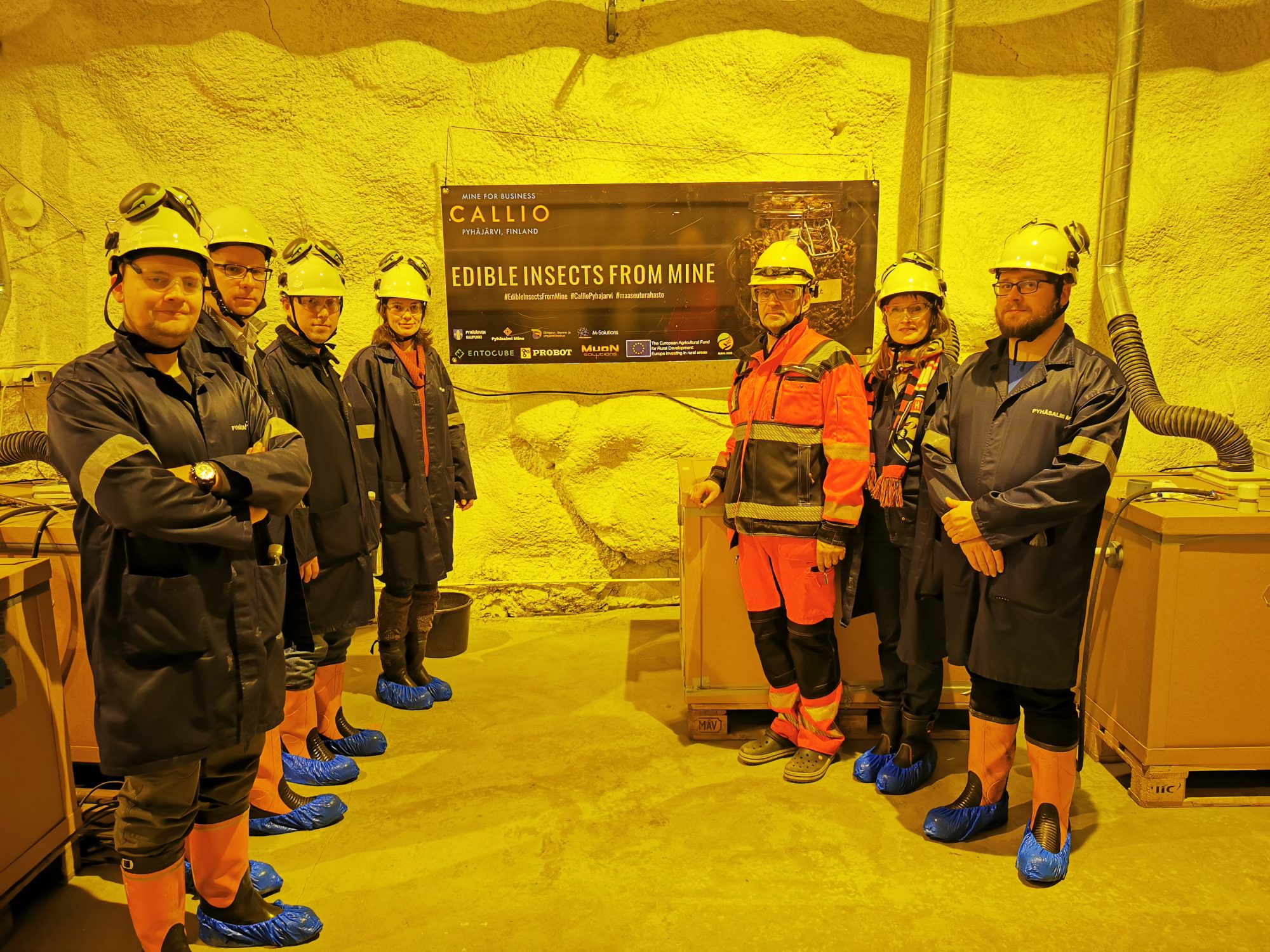 Collaboration between research institutions and enterprises is important for the development of the Baltic Sea region. As we were planning the BSUIN project, a target value of 25 was set for enterprises cooperating with research institutions. During the project, there were 40 companies taking part in the project activities.
Collaboration between research institutions and enterprises is important for the development of the Baltic Sea region. As we were planning the BSUIN project, a target value of 25 was set for enterprises cooperating with research institutions. During the project, there were 40 companies taking part in the project activities.
The European Underground Laboratories association (EUL) has a lot of potential. It will be a platform for good collaboration that can widen outside Europe, too. The Steering Committee was very satisfied on the project results and impact and encouraged to continue the collaboration and develop the platform/ web-based tool in the future.
Learn more about the European Underground Laboratories association. Watch a video.
Take a tour of the EUL underground laboratories:
Hagerbach Test Gallery, Switzerland
GIG Experimental Mine ‘Barbara’, Poland
Callio Lab, Finland
KGHM Cuprum Research and Development Centre, Poland
Reiche Zeche, Germany
Ruskeala Underground Laboratory, Russia
Underground Low Background Laboratory of Khlopin Radium Institute, Russia
Eija-Riitta Niinikoski
University of Oulu, Kerttu Saalasti Institute

